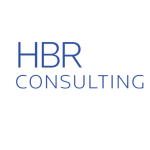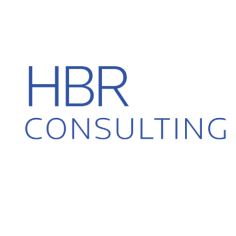Survey: Many law firms’ procurement organizations still crawling toward maturity, while some have begun walking | HBR Consulting
HBR Consulting held its third-annual Law Procurement Roundtable last October, where law firm procurement leaders can break bread, talk strategy and do some peer benchmarking of their firms’ performance.
The event also both drives and supplements the firm’s Law Firm Procurement Survey, the high-level results of which the firm released just before the new year.
Spoiler alert: many of the same issues that we spoke about with HBR’s Managing Director Lee Garbowitz in the past have cropped up again.
For example, according to the survey, “more than half (53%) of firms don’t have a supplier diversity program in place, making it difficult to respond to the uptick in requests from clients for supplier diversity information and statistics as part of RFPs.”
We interviewed Garbowitz for a piece about this issue a few months ago. “Most firms are in what I would call Stage 1 when it comes to supplier diversity,” he said, “where they have [only] a supplier diversity policy. But most haven’t taken it to the next level where they have a way of actually measuring the percent spend they have with diverse suppliers” — not to mention a Stage 3, which includes the commitment to setting goals for how much spend the firms is looking to place with diverse suppliers.
That still appears to be the case. According to the 2017 survey, “for those firms that have a supplier diversity program in place, 89% are tracking supplier spend, but only 11% have established targets for the program” — which demonstrates that most diversity programs are still in their infancy.
But some realms of law firm procurement operations are showing improvement.
Takeaways from the 2017 Law Firm Procurement Survey
According to the survey:
In 2017, 42% of firms stated that they have a formal third-party risk management policy in place, up from 30% in 2016.
67% of roundtable respondents revealed their firm was actively looking at GDPR regulations.
50% of procurement leaders present updates promoting procurement’s value proposition to c-level executives monthly.
Where HBR and Spend Matters Agree: Leveraging procurement technology is key
As procurement practitioners’ responsibilities add up while hours in the day remain the same, leveraging technology for increased efficiency is becoming (or at least should be) a no-brainer.
As the survey points out, procurement technology helps in automating certain aspects of supplier relationship management and managing risk, controlling contracts and increasing visibility into spend.
HBR notes what the Spend Matters analyst team has been preaching for a while: “Procurement functions that can demonstrate increased savings through negotiation tactics, as well as reduction in maverick spend, can build a case for why the savings should be reinvested in enabling technology.”
Additionally, “by thinking beyond how technology will directly benefit the procurement function, procurement leaders should consider and communicate how other business functions and stakeholders will benefit from new technology implementation,” such as automated reporting, and increased risk mitigation.



